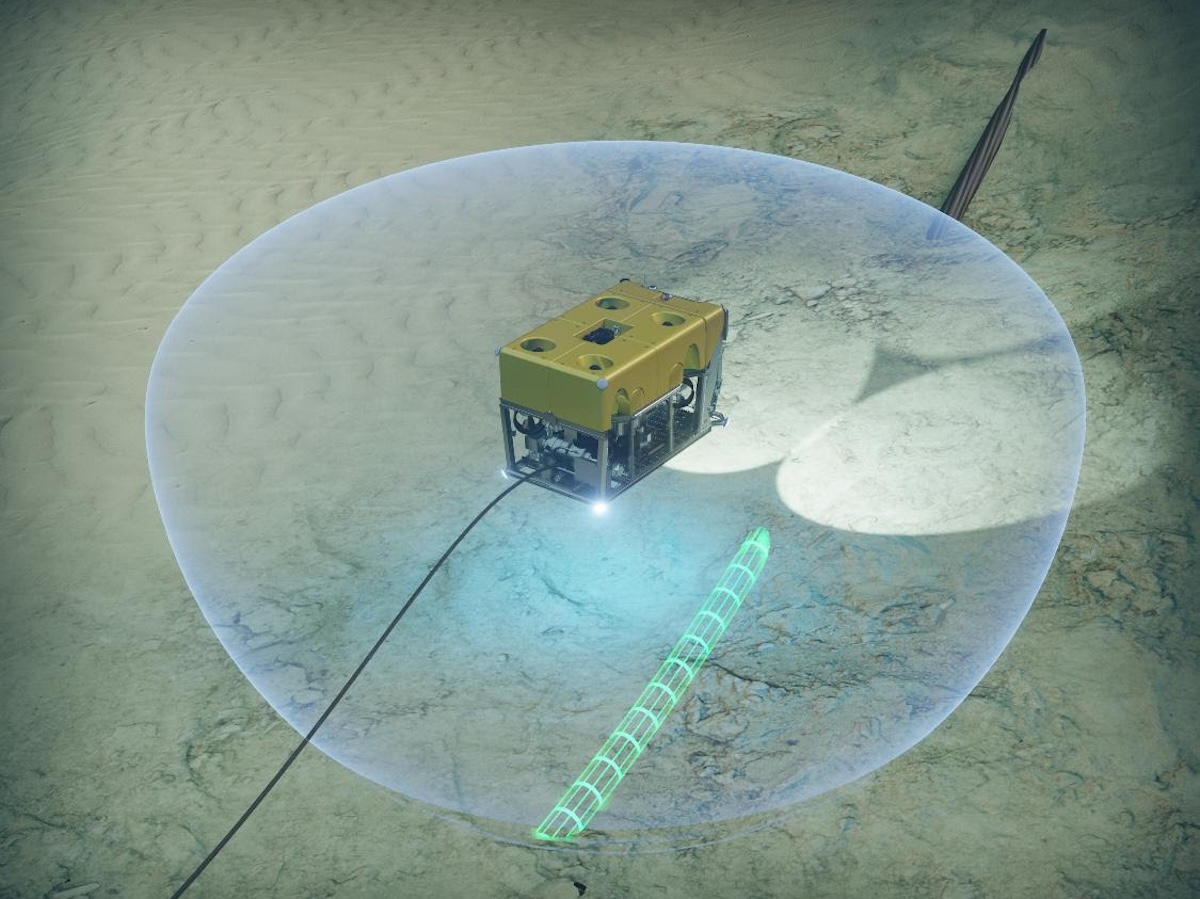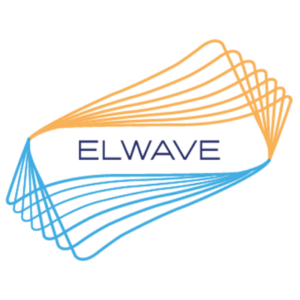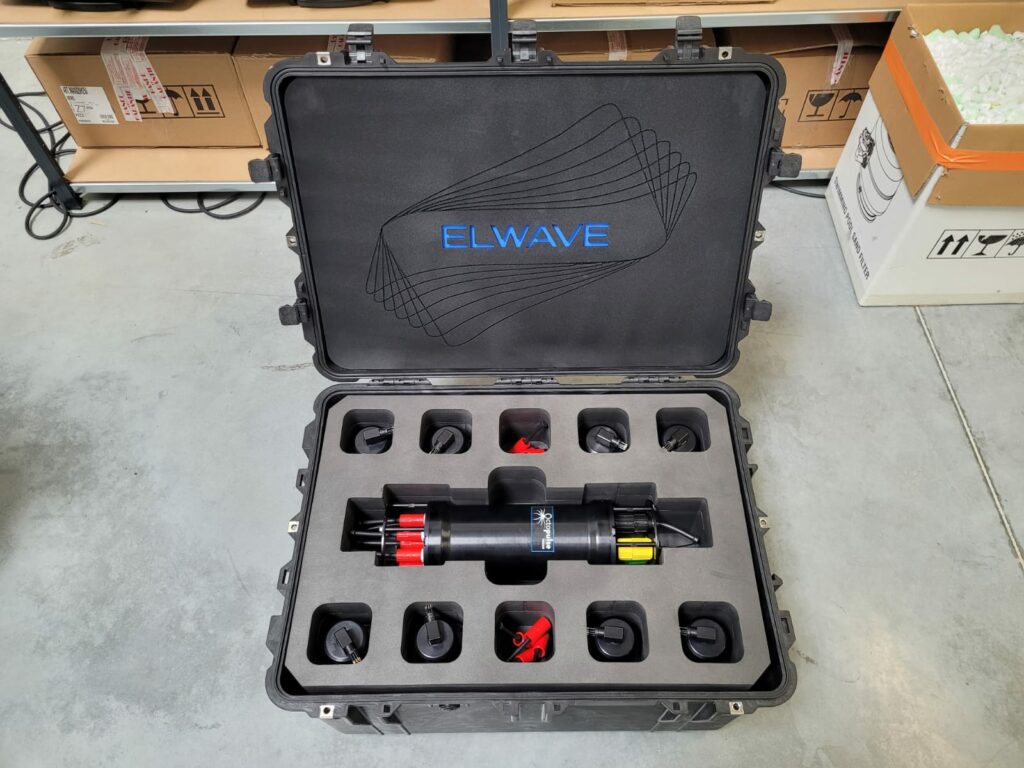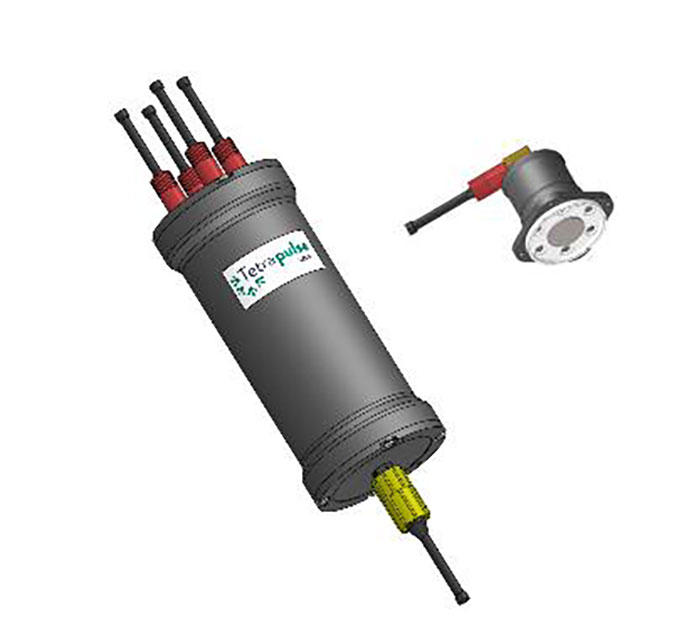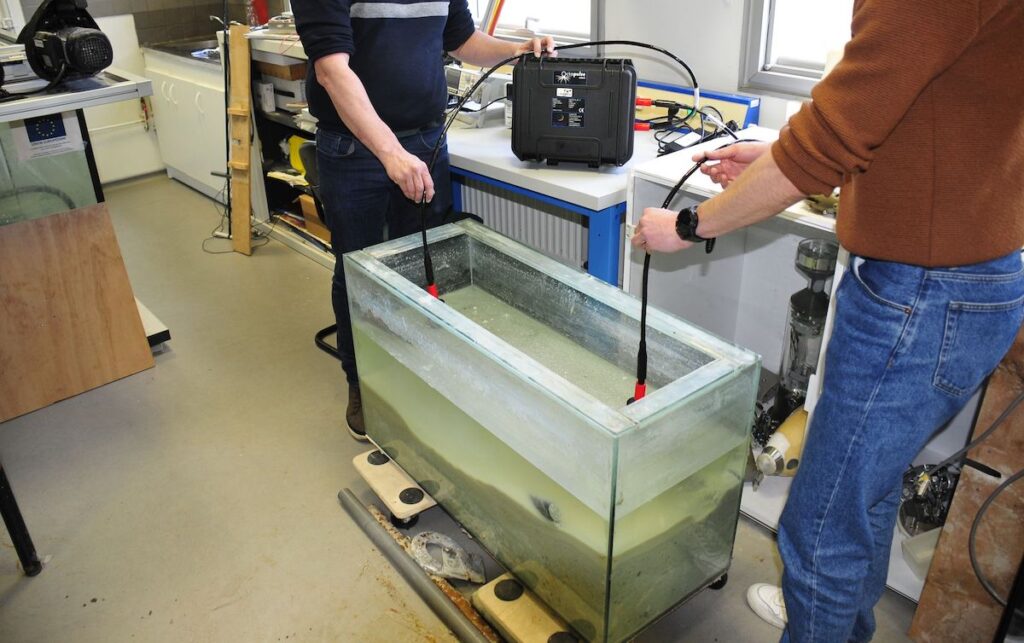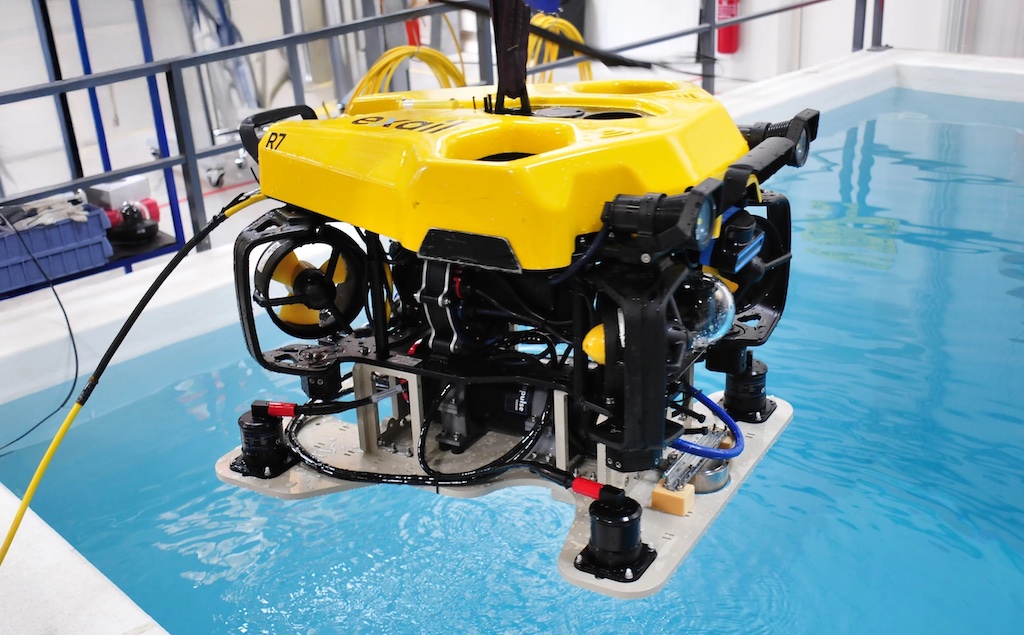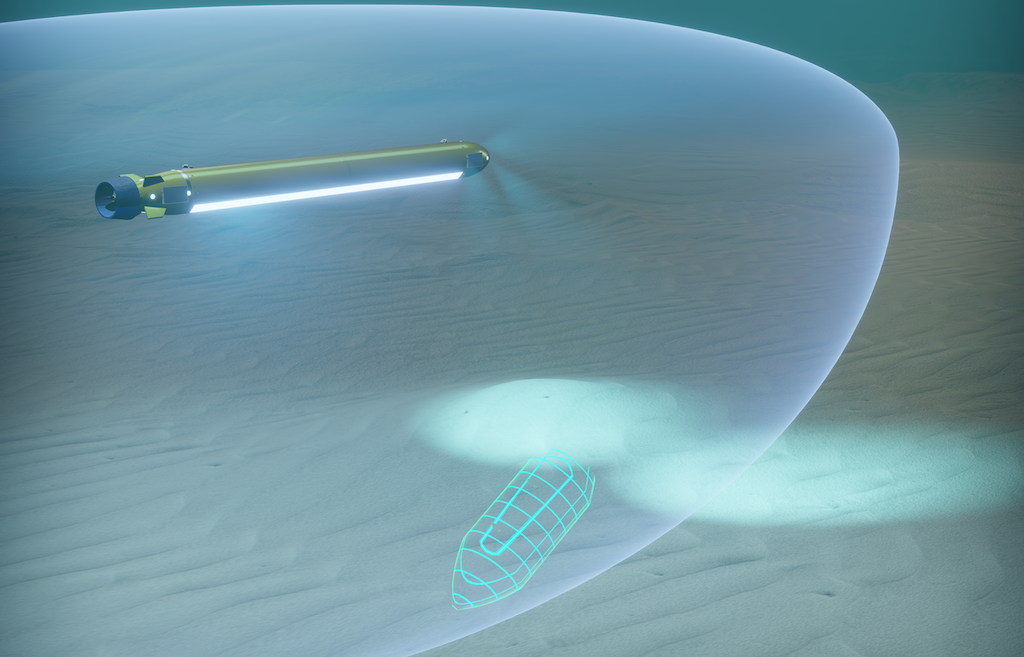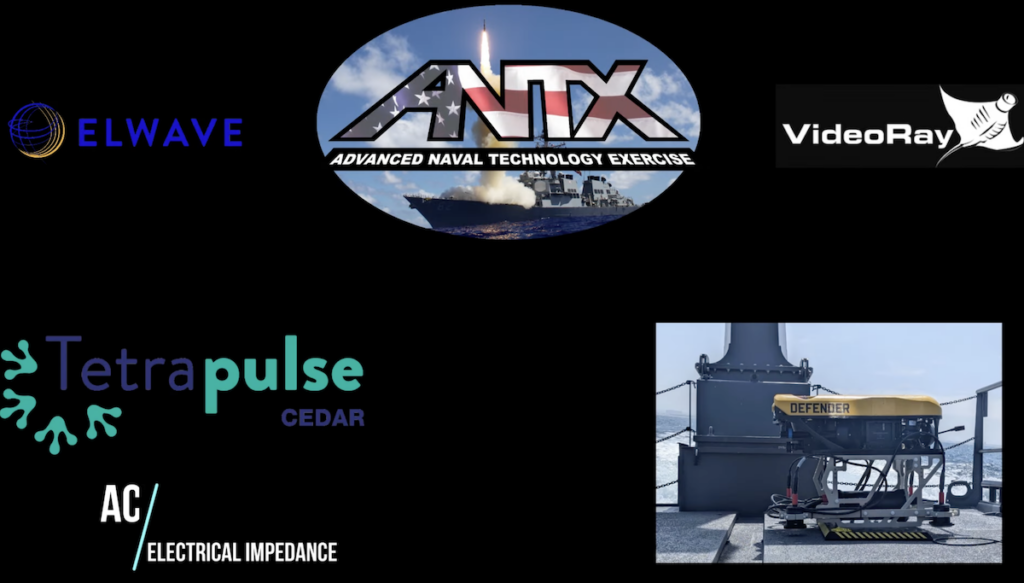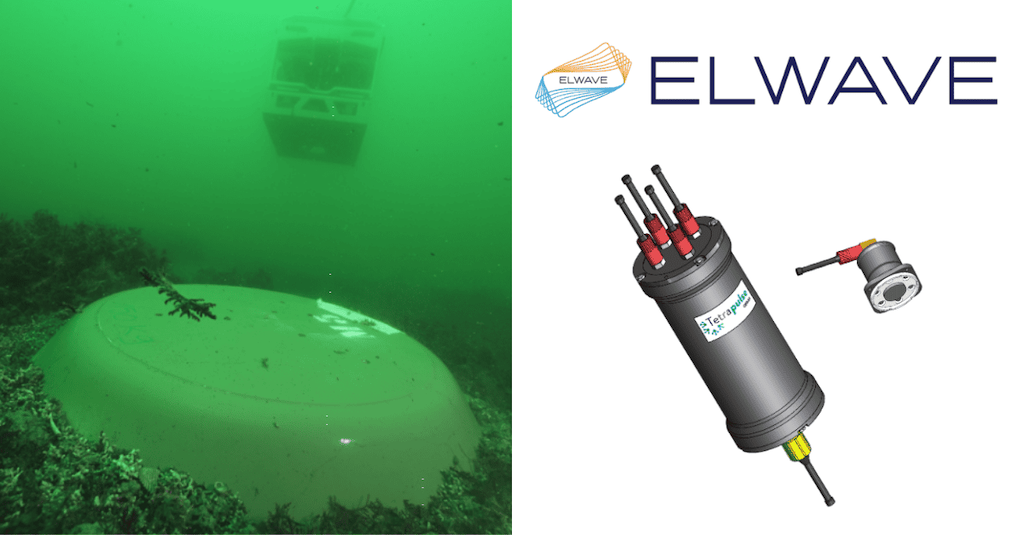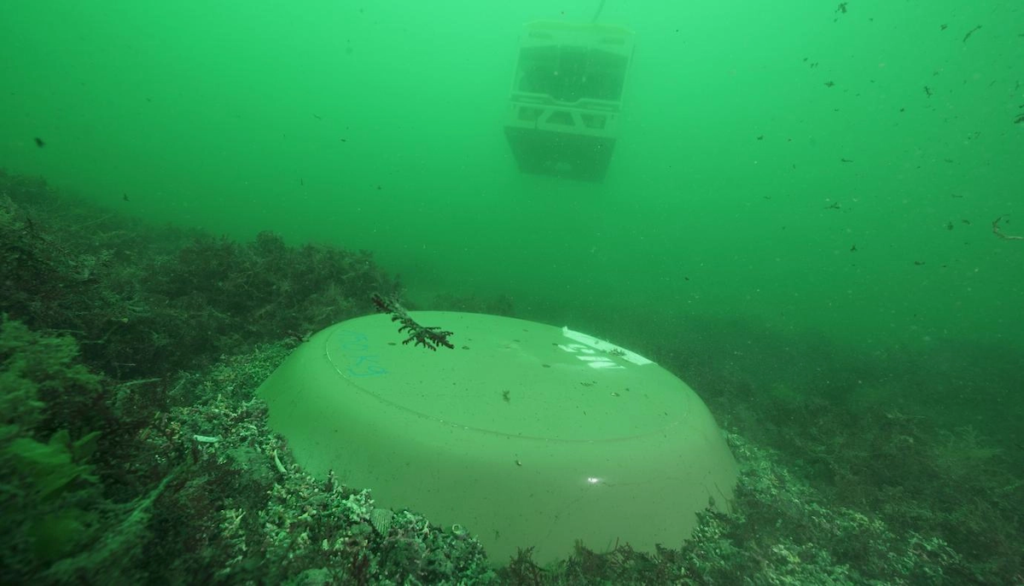
Elwave is providing its advanced CEDAR® (Controlled Electric Detection and Ranging) sensing technology to enhance mine countermeasure (MCM) capabilities in the European Extended Mine Countermeasures (E=MCM) program.
As part of this initiative, Elwave’s Octopulse sensors are integrated into a high-end seabed crawler designed to detect, classify, and localize mines in challenging underwater environments. These cutting-edge sensors improve detection capabilities in areas with high acoustic and electromagnetic noise, as well as water turbidity, ensuring reliable performance in demanding conditions.
By working alongside Royal IHC and other industry leaders in the E=MCM program, Elwave is advancing autonomous solutions that enhance maritime security and defense capabilities.
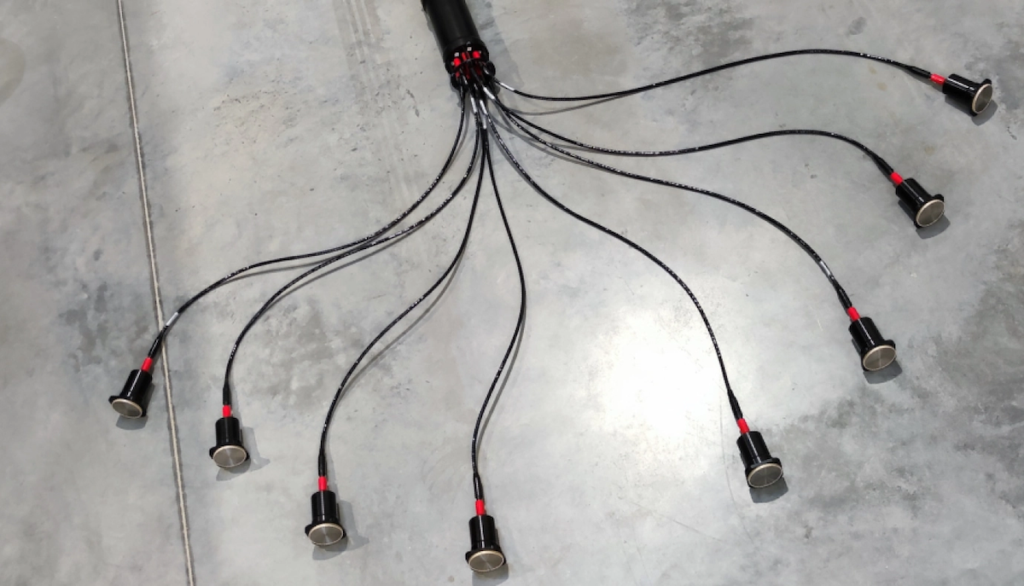
E=MCM Program
The program, co-funded by the European Defence Fund (EDF), aims to develop innovative, operationally proven prototype solutions to address threats from drifting, tethered, and buried mines.
The sea mine threat has been a persistent challenge in Europe for decades, with its nature constantly evolving. The need for effective solutions has never been greater. Two key goals drive the efforts in addressing this threat:
- To develop innovative, operationally proven prototype solutions that effectively counter drifting, buried, and moored mines, capable of operating at larger stand-off ranges and in harsh conditions.
- To achieve measurable operational gains in mine countermeasure (MCM) operations by enhancing interoperability among EU navies.
Strengthening European Defense
Through Royal IHC’s participation in the 36-month E=MCM project, the company continues to advance European naval defense capabilities. The project involves 11 EU nations and includes collaboration with 22 key industry and defense partners, such as Elwave. Together, the participants are shaping the future of mine countermeasures and contributing to a safer and more secure maritime environment.
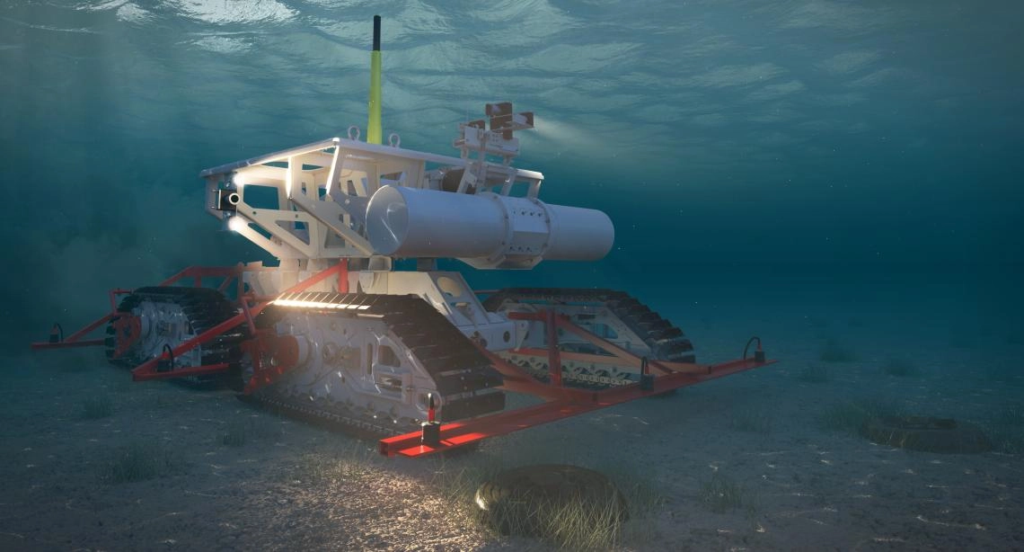
Royal IHC’s Contribution
Royal IHC’s innovation and expertise are focused on several areas of mine detection and neutralization. The company brings high-end product innovation, design, and engineering capabilities to deliver dedicated solutions in the following areas:
- Unmanned autonomous toolboxes: Designed to be scalable and capable of autonomous deployment, these toolboxes detect, classify, localize, identify, and neutralize various types of mines, including drifting, tethered, and buried mines.
- Intelligent platforms: Equipped with advanced sensors and decision-support tools, these platforms improve the efficiency and effectiveness of MCM operations.
- System-of-systems architecture: The program aims to design, prototype, and demonstrate a single system-of-systems architecture integrating various technologies and platforms to deliver better, faster, safer, and more resilient MCM operations.
Royal IHC and Elwave are reportedly committed to providing cutting-edge technology for deployment and operations in harsh conditions, from the surf zone to ultra-deep waters. Elwave’s CEDAR® sensing technology enhances detection and characterization in challenging environments, offering critical advantages for both defense and commercial applications.
A demonstration of these capabilities will take place at SeaSEC Challenge Weeks 2025, from May 12 to 23, at SeaSEC’s maritime testing grounds off the coast of Scheveningen, Netherlands.



